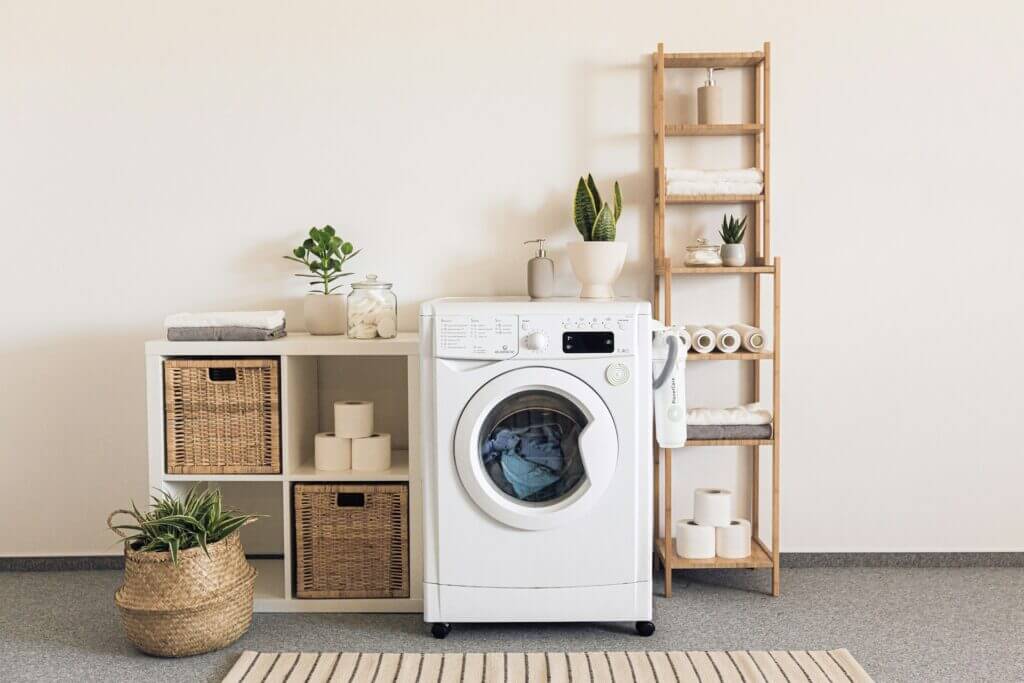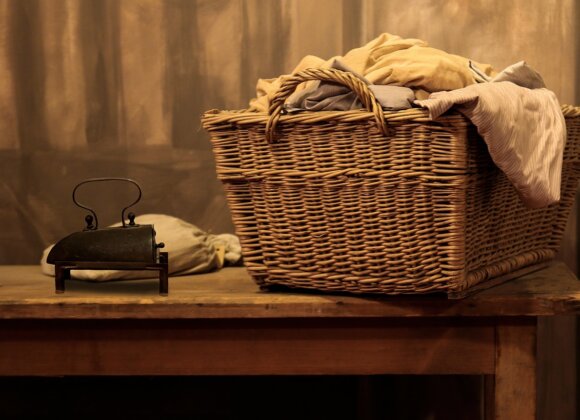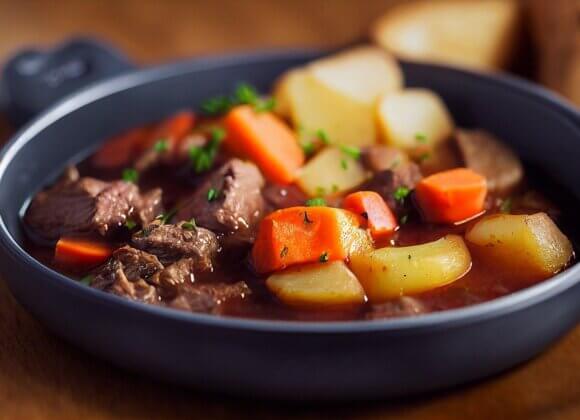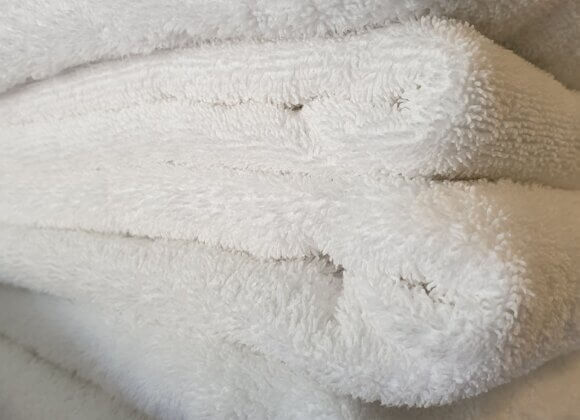Washing laundry properly: Detergent, temperature and care tips
Powder or liquid detergent – which is better for your washing machine and clothes? How do you clean the machine? How often should you even clean them? How do you keep clothes looking good for as long as possible? And which temperature is the right choice? The big laundry guide.
Is there anything finer than freshly washed laundry that smells good – and ideally is still the same size and color as before the wash? Hardly! We show you how to keep your favorite items in good condition and what you can do for your washing machine from time to time.
Powder or liquid detergent – which is better for the washing machine?
Powder detergent is the clear recommendation for white textiles. “It contains bleach, which makes white garments in particular shine again,” says Ecverdrop expert Norbert Kuhl. Liquid detergents, on the other hand, cannot contain bleach for stability reasons and are therefore inferior to powder detergents in terms of performance. Another plus for powder: solid detergent has a longer shelf life than liquid detergent.
Liquid detergent, on the other hand, has the advantage that it dissolves more easily – especially at low temperatures – and leaves no residue on the clothes. Kuhn has an insider tip: “XXL packs should be avoided for sustainability reasons, as they usually contain a lot of fillers that stretch the product, so to speak. This results in a high dosage quantity. In other words, the pack may be larger, but in the end it doesn’t contain more wash loads because you simply need more of it per wash cycle.”
But beware: functional clothing needs special care: other detergents would make the fibers stick together. Fabric softener is also taboo because it impairs the functionality of the breathable membrane. Speaking of fabric softener – that brings us to the next point …
No fabric softener for fluffy towels
Fabric softener reduces the absorbency of towels. It’s better to give your hard towels a smooth spa treatment with vinegar water. Mix vinegar with hot water in a ratio of 1:2. Place the hard towels in the mixture and leave to soak. Then machine wash as usual. Alternatively, it also helps if you add half a cup of baking soda to the wash. Cheers to our home remedies!
The right temperature ensures hygiene
Experts recommend washing towels, bed linen and socks on a normal wash cycle at 40 or 60 degrees. Underwear that is not made of fine materials such as lace is also best washed at 60 degrees. “In principle, 40 degrees is also sufficient for a clean and hygienic result,” says Kuhn. In any case, it is important to run the machine regularly at 60 degrees to kill pathogens and bacteria.
Long programs save electricity
It sounds paradoxical, but it’s true: despite longer running times, eco programs are the most energy-efficient option – and save around half the electricity and some water. In between, however, always wash at high temperatures because of the bacteria and pathogens.
What care does a washing machine need?
Baking soda is the tip when it comes to cleaning the washing machine. It removes dirt as well as germs and fungi. The detergent compartment, the lint filter and the rubber seal (breeding ground for bad odors and dirt!) can be optimally cleaned with baking soda dissolved in water. Incidentally, the expert recommends cleaning with baking soda after every tenth wash.
Ideally, you should empty the washing machine just as often – at 90 degrees and with a 50:50 cocktail: 50 g baking soda in the detergent compartment and 50 ml vinegar in the fabric softener compartment.

How do you keep your clothes looking good for as long as possible?
“We often wash clothes because we want them to smell fresh again, but that’s unnecessary,” says Kuhn. “It’s usually enough to hang the clothes out in the fresh air and let them air out overnight. For jeans, there is a tip to simply freeze them, which also makes unpleasant odors disappear.” Because: every wash cycle strains the fibers.
Related posts:













